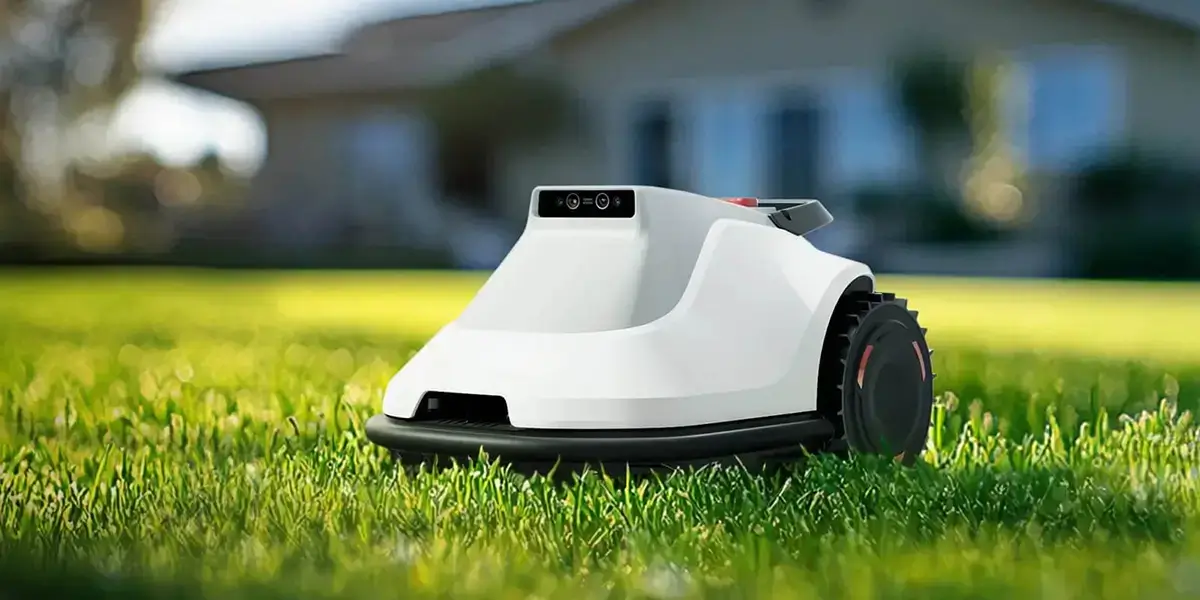The Evolution of Sewing Machines and the Rise of Servo Motor Technology
Since their inception, sewing machines have been indispensable tools in clothing manufacturing, tailoring, and countless DIY projects. Over the centuries, innovations have continually refined their functionality—from hand-cranks to electric motors, and now, to sophisticated servo motor systems. These advancements have paved the way for unprecedented control over sewing speeds, precision, and energy efficiency.

Understanding the Basics: What Is a Servo Motor?
At its core, a servo motor is a rotary actuator that allows precise control of angular position, velocity, and acceleration. Unlike traditional universal or inductive motors, servo motors incorporate a feedback system—commonly called a “servo loop”—that constantly adjusts its operation to match the desired parameters.
In a sewing machine context, this means the motor's speed and position can be fine-tuned with exceptional accuracy, enabling smooth, consistent stitching even at varying speeds or complex patterns. This robustness makes servo motors highly attractive for modern, high-performance sewing equipment.
Why Sewers and Manufacturers Are Turning to Servo Motor Speed Control
The shift toward servo motor systems is driven by a desire for more control, efficiency, and versatility. Traditional sewing machines often rely on mechanical or basic electronic controls that limit the user's ability to precisely modulate speed and respond adaptively during operation.
Servo motor systems address these limitations by offering:
Precise Speed Adjustment: From slow, delicate stitches to rapid seams, users can dial in exact speeds for different fabric types and stitching techniques. Energy Efficiency: Unlike traditional motors that run at full power regardless of need, servo motors consume power proportionally to the required movement, reducing electricity costs. Lower Noise and Vibration: The smooth operation of servo motors makes for a quieter, more comfortable sewing environment. Enhanced Responsiveness: Quick acceleration and deceleration capabilities allow for intricate, complex stitching patterns with seamless transitions. Reduced Wear and Tear: Controlled speed changes lessen mechanical stress on the machine, extending its lifespan.
How Does Servo Motor Speed Control Work in Practice?
Implementing servo motor speed control begins with integrating the servo motor into the sewing machine’s electrical system. This typically involves a dedicated driver or controller that interprets input signals—often from a foot pedal, digital interface, or automatic machine control—and translates them into precise movements.
The core functionalities include:
Feedback Loop Integration: The servo’s encoder constantly reports position and speed data back to the controller. If the motor deviates from the set parameters, the system adjusts power accordingly. User Input as a Control Signal: Many sewing machines with servo systems offer user-friendly controls—knobs, dials, touchscreen interfaces—that let the operator set desired speeds dynamically. Programmable Settings: Advanced units may allow programming specific stitches, speeds, and patterns, automating adjustments for complex designs.
This seamless interaction between hardware and software creates a level of control that is almost intuitive, transforming traditional sewing into a high-tech craft.
Advantages for the Professional and Hobbyist
For professionals, the precision and efficiency gains can significantly boost productivity and product quality. Variable speed control facilitates delicate work on fine fabrics and prevents damage caused by unintentional high-speed stitching.
Hobbyists and DIY enthusiasts also benefit by gaining more creative flexibility. The ability to gradually increase or decrease sewing speeds allows for detailed customizations, improving both comfort and outcome.
The Technical Components of a Sewing Machine Servo Speed Control System
A typical setup includes:
Servo Motor: The main actuation component with integrated encoder for feedback. Motor Driver/Controller: Manages power delivery based on feedback and control inputs. Encoder: Tracks the motor’s position and speed with high resolution. User Interface: Knobs, switches, or touchscreens to set speeds or program patterns. Power Supply: Provides stable energy to the system, optimized for efficiency and safety.
Modern Innovations and Customizations
Recent developments have introduced features such as:
Bluetooth connectivity for remote monitoring and control. Integration with computerized sewing patterns for automatic stitching adjustments. Machine learning algorithms for predictive control, improving responsiveness over time.
These innovations underscore the versatility and growing importance of servo motor speed control in sewing technology.
Established in 2005, Kpower has been dedicated to a professional compact motion unit manufacturer, headquartered in Dongguan, Guangdong Province, China.




































